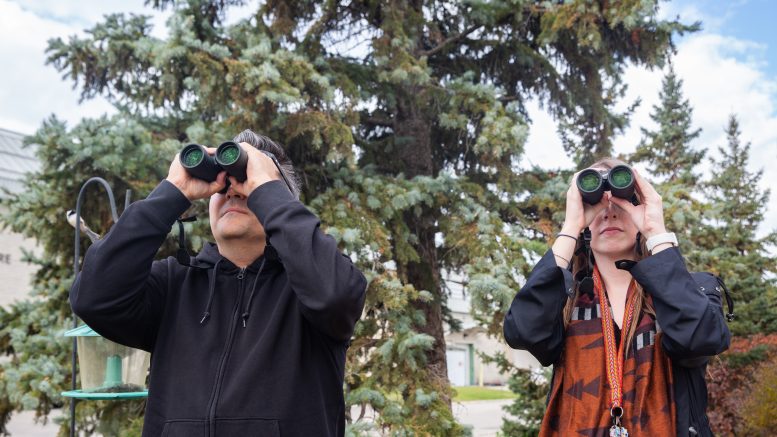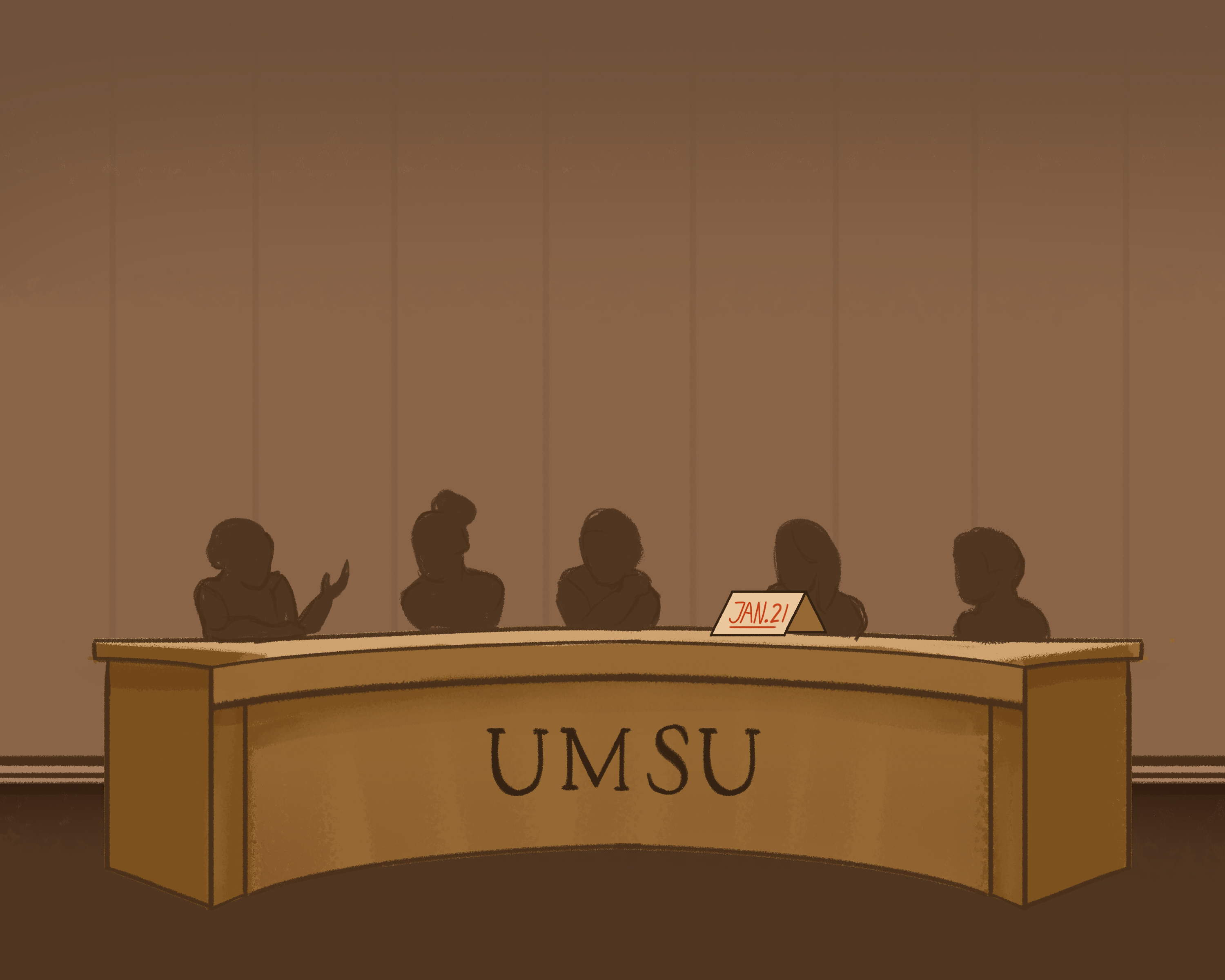Winnipeg is home to many species of birds, some even here on the University of Manitoba campus, and with the UM Indigenous Birding Club, you may just be able to see an indigo bunting in its breeding habitat.
Bailey Hendry is a University of Manitoba alumnus and is currently a student advisor and program co-ordinator at the Indigenous Student Centre at the U of M. Justin Rasmussen is also a U of M alumnus, along with the director of Indigenous leadership programming at the U of M. Hendry and Rasmussen serve as the co-founders and co-leads of the birding club.
The two began the club this last summer out of passions for birding, student success and well-being. Hendry also said they started the group because ornithology, the study of birds, is a “colonized and western hobby,” and they wanted to “create a safer space for BIPOC folks to come and engage in the wonderful world of birding.”
“A big part of what we do is also promoting Indigenous knowledge around birds and traditional teachings,” said Hendry.
“When we were thinking about the start of this club, we wanted to make sure that we were also incorporating traditional teachings and traditional peoples to come and share Indigenous knowledge and promote the ecological Indigenous knowledge that has already been here for thousands of years.”
Birding — different from bird watching — is tracking of the number, frequency and location of different species of birds in the wild.
“It’s a little bit more involved in actually tracking what you’re seeing and engaging in the space,” said Hendry.
Indigenous Birding Club goes on walks where they will teach you the basics of birding. Rasmussen said that a major part of their group is inclusivity. Whether an individual is an ornithology expert or knows nothing about birding, they are welcome to join.
The group has gone on 13 bird walks so far, at places like Kings Park and FortWhyte Alive. Most walks, according to Rasmussen, are from 12 to 1:30 p.m. around campus. They also have binoculars to lend to those needing them during walks.
Rasmussen said they see an average of 15 to 20 species of birds throughout the walks and at least one memorable bird. Hendry and Rasmussen recently saw three eastern blue birds which they said were “a nice way to punctuate all our spring and summer and fall walks.”
Joining Indigenous Birding Club means joining a “fantastic community of people that care about nature and care about getting out there.”
Hendry started birding during the pandemic to help her mental health.
“Participating in birding, it’s kind of forcing you to participate in mindfulness at the same time,” she said.
If students of any background want to join the group for a bird walk, go to the group’s Instagram page @umindigenousbirdingclub and keep up to date with posts that give details for upcoming walks and events. More information is also available on their website www.umindigenousbirdingclub.com.
The group’s next event, led by Elder Stanley Kipling, will immerse students in Indigenous knowledge of bald eagles. The event is on Nov. 1 in Migizii Agamik from 11:30 a.m. to 2:30 p.m.
Hendry and Rasmussen also extend their gratitude to the Indigenous Initiatives Fund for allowing them to keep doing what they are doing.





